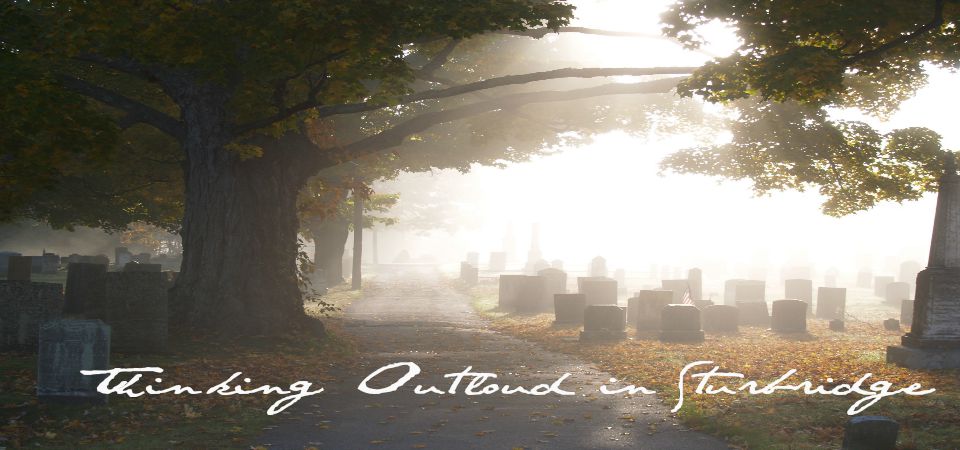
Wednesday, March 05, 2008
STURBRIDGE - Historians at Old Sturbridge Village will demonstrate early New England maple sugar-making at the village's own working "sugar camp" from 10 a.m. to 2 p.m. each weekend, , from this weekend through March 23. Visitors can experience the entire sugar-making process, from tapping the trees to "sugaring off."
In addition, OSV's Oliver Wight Tavern will offer a free Maple Days pancake breakfast with the price of admission from 8 to 10:30 a.m. on March 8, 15 and 22. The normal price of the breakfast is $10 for adults, $6 for children under 10. OSV members will receive a 10 percent discount to the breakfast. Reservations are recommended by calling (800) 733-1830.
New England farm families in the 1830s usually tapped around 100 trees and made 400 pounds of sugar each season.
"Everybody helped with the sugar making - women, children, friends, neighbors - and the favorite children's taste treat of "maple snow" was actually the result of testing the syrup's consistency before granulating it for storage," said OSV Coordinator of Agriculture Adam Halterman, of West Brookfield.
Homemade maple sugar was a cheaper alternative to expensive cane sugar, which was imported from the West Indies. Boiling the maple sap required a high heat and lots of wood, but in the 1830s, after years of clearing forests for farm fields, wood was scarce and the cost was high.
Because of this, early New Englanders used waste wood to stoke sugar camp fires.
"Broken boards, old fence posts, chunks of pine, shingles, you name it - all kinds of scrap wood were burned for sugar making," Halterman said, adding that cheaper wooden troughs were also used to collect the sap, rather than more expensive buckets. At OSV, the sap is boiled in large iron kettles suspended over an open fire.
Both sugar maples and red maples are tapped to make sugar.
"Although sugar maple sap has more sugar, about 2 to 3 percent, red maples grow more abundantly in our area, so we tap both kinds of maple trees," Halterman said.
Helping Halterman run the Old Sturbridge Village sugar camp are historic interpreters Rhys Simmons, of Leicester, and Kevin Fountain, of Warren.
"Most people equate the smell of spring with flowers, but for us it's the smell of wood smoke and maple syrup. That's the surest sign that spring is coming," said Halterman.
Old Sturbridge Village celebrates New England life in the 1830s and is open Tuesday through Sunday from 9:30 a.m. to 4 p.m. Admission is $20; seniors, $18; children 3 to 17, $6; children under 3, free. For details, to online to www.osv.org or call (800) 733-1830. "
©2008 The Republican
© 2008 MassLive.com All Rights Reserved.

No comments:
Post a Comment
Anonymous comments not accepted, and will be rejected. Please use your full name. Choose "Name / URL" and enter your name, and your name ONLY. Leave "URL" blank.